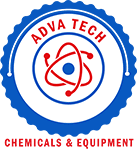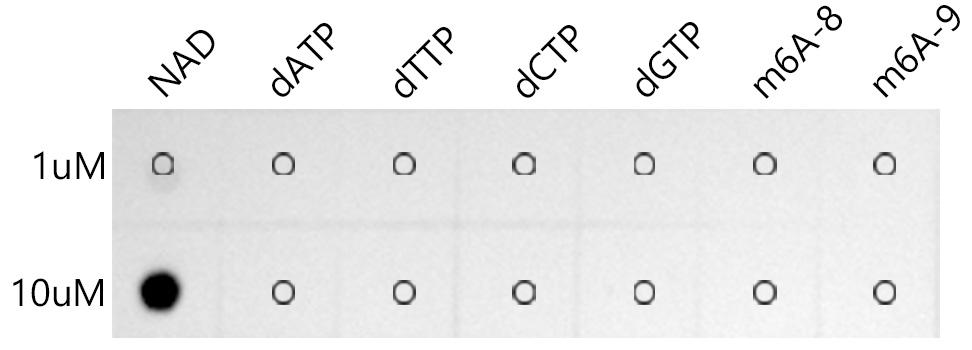Description
Size quantity : 1-EA
Description : The coenzyme NAD is involved in oxidation–reduction reactions critical for glycolysis, fatty acid oxidation, the TCA cycle, and complex I of the mitochondrial respiratory chain and also is a key regulator of autophagy. At least two different mechanisms are involved. First, the NAD+-dependent deacetylase SIRT1 activates autophagy by directly deacetylating ATG proteins. Under starvation conditions, the increased NAD+/NADH ratio activates SIRT1, which results in stimulation of mitophagy. Second, the hydrogen of NADH can be transferred to NADP+ to form NADPH via the energy-linked transhydrogenase. In the fed state, when the NAD+/NADH ratio falls, NADPH inhibits autophagy by scavenging of ROS via the glutathione peroxidase-glutathione reductase system and by preventing the production of ROS at complex 1 of the respiratory chain.


